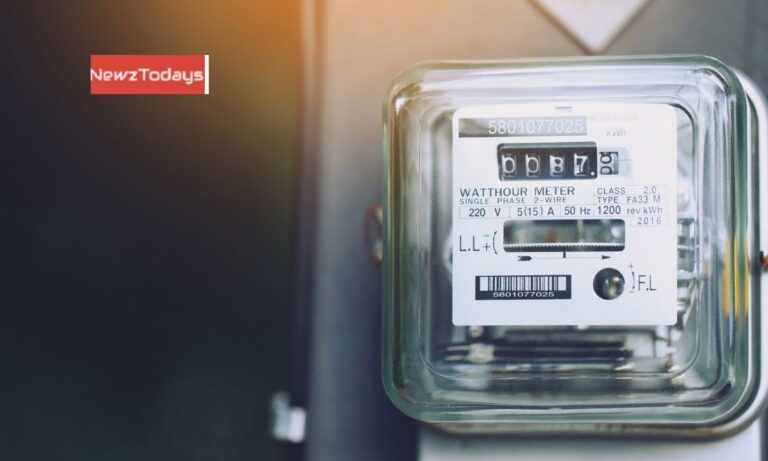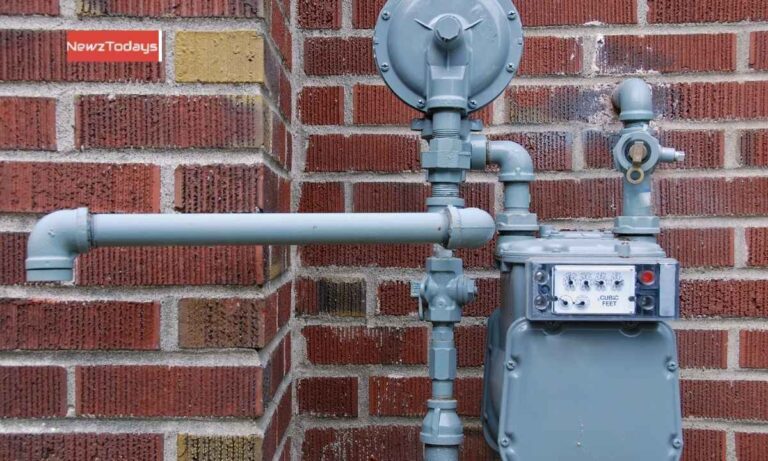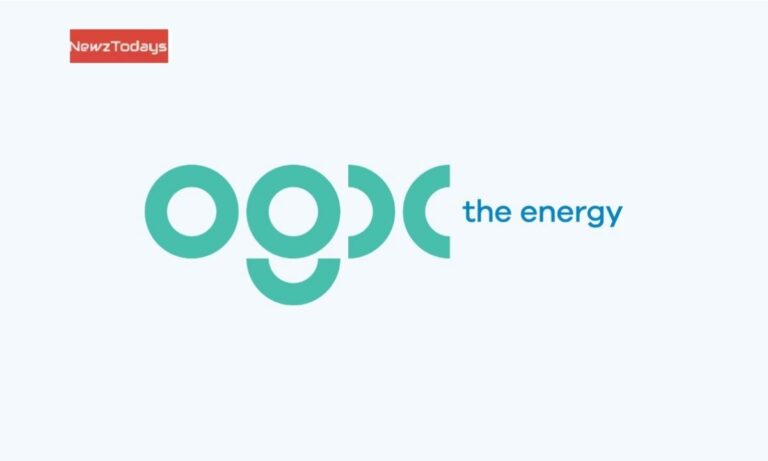KE profit outlook weakens after MYT revision: Topline
NEPRA’s tariff review cuts returns, tightening benchmarks likely to push Pakistan’s only privatized power utility back into losses.
Topline analysts have said that K-Electric Ltd (KEL) faces a sharp deterioration in fundamentals following the National Electric Power Regulatory Authority’s (NEPRA) revised multi-year tariff (MYT) determination, which slashed allowed returns and tightened operational benchmarks for the country’s sole privatized and listed integrated distribution company. The decision comes barely three months after the regulator’s earlier approval for the utility’s generation and transmission tariffs.
The review motion, filed by the Ministry of Energy and other stakeholders, cited recent negotiations with independent power producers (IPPs) and comparable local utility models. NEPRA’s revised determination now replaces dollar-linked returns on equity (ROE) for K-Electric’s regulated businesses with rupee-denominated returns fixed for seven years, significantly reducing profitability.
Read More: KE Revised Tariff To Have Far-Reaching Consequences for All
Under the revised order, the ROE for K-Electric’s distribution business has been reduced to 14.47% in rupee terms for FY24–30, against the earlier 25.6% equivalent under a dollar-linked mechanism. The utility had originally sought a 16.67% USD-based ROE. According to analysts’ estimates, this change could erode around Rs3–4bn in annual profits from the distribution segment. Similarly, the transmission business, initially allowed a 12% USD ROE (equivalent to 21.4% in rupees), will now earn a 15% fixed rupee return, resulting in another Rs3–4bn annual hit.
For the generation business, the regulator maintained the 14% USD-based ROE but altered the commercial model from a guaranteed “take-or-pay” structure to a hybrid “take-and-pay” system. Under the new model, only 35% of K-Electric’s installed capacity will continue to receive guaranteed payments, while the remainder will depend on actual energy dispatch, exposing the company to utilization and fuel supply risks.
NEPRA also tightened key operational parameters. The allowed recovery loss was cut from 6.7% to 3.5%, subject to stringent write-off conditions. Each 1% disallowance translates to an estimated Rs5bn financial impact, potentially costing K-Electric around Rs15–16bn for FY24 alone. Meanwhile, the benchmark for transmission and distribution (T&D) losses has been reduced from 14.58% to 9.55%, adding an expected Rs25bn burden to FY24 accounts.
As a result, analysts expect K-Electric to swing back into losses, projecting earnings per share (EPS) of Rs–2.6 to Rs–2.7 for FY24 and Rs–2.0 to Rs–2.2 in FY25, assuming no change in generation assumptions. The company is reviewing NEPRA’s decision and may seek remedies from relevant authorities.
The tariff revision comes amid a broader regulatory push to improve power sector efficiency and align returns across distribution companies. According to the Power Division’s 2025 energy policy framework, future DISCO performance will increasingly be tied to recovery and loss targets to reduce fiscal stress on the national grid. Analysts note that K-Electric’s ability to improve recoveries and curb T&D losses will determine its financial sustainability under the new MYT regime.






